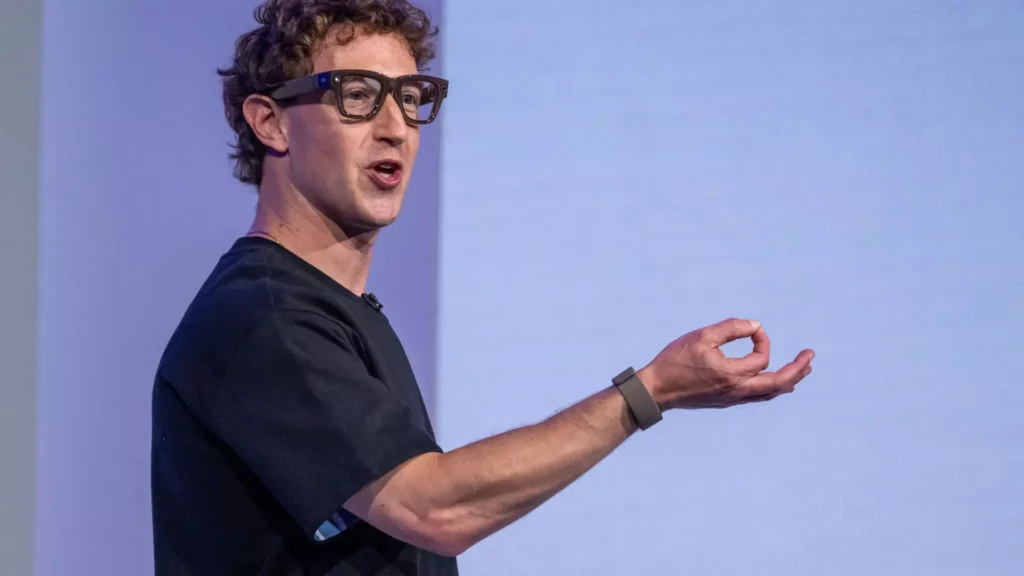In an age where the political landscape is rife with promises and dreams of a revitalized American manufacturing sector, one must confront the challenging realities overshadowing these lofty ambitions. The enticing image of iPhones rolling off assembly lines in the U.S. does evoke a sense of nostalgia and national pride, but such visions often erode under scrutiny. The narrative pushed by various politicians and policymakers seems to suggest that with the right push, American manufacturing could rebound with renewed vigor. This optimistic rhetoric, however, risks fostering an atmosphere of “magical thinking” that sidesteps the intricate, often daunting challenges that lie beneath the surface.
Advocates of this revival paint a rosy picture, ignoring the glaring chasm between aspiration and reality. Historical context plays a significant role in understanding this gap; America’s manufacturing prowess has been eroded not just by outsourcing, but by decades of structural changes that have reshaped our economy and workforce. The resounding question remains: can the U.S. genuinely reclaim its stature as a manufacturing powerhouse, or are these visions destined to be a mere mirage?
The Labor Shortage Dilemma
Let’s confront the elephant in the room: America currently faces a severe shortage of skilled labor. Tech titans like Steve Jobs and Tim Cook have been remarkably candid about this issue, warning that an influx of manufacturing back to U.S. shores cannot occur without a well-trained workforce. Jobs once starkly revealed that the U.S. would need 30,000 qualified engineers to sustain any factory capable of matching Apple’s Chinese operations. This startling figure underscores not only the immediate need for skilled labor but also reveals a fundamental truth about the current educational ecosystem in the United States.
Despite our considerable advancements in technology, the fabric of American education has failed to cultivate a workforce equipped for the demands of modern manufacturing. This situation isn’t merely a failing of the schools; it reflects broader societal attitudes towards vocational training and the undervaluation of skilled trade professions. The aspiration to revitalize manufacturing needs to start with a painful introspection: can we alter our educational paradigms swiftly enough to meet these critical labor demands?
Comparative Competence: The Chinese Model
The contrast between the American and Chinese manufacturing models is not just a matter of labor costs; it delves into a complex web of specialization and technological proficiency. Chinese factories have evolved into optimized ecosystems where expertise, efficiency, and innovation coexist in a robust network—something the U.S. struggles to emulate. Dismissing this situation as merely a numbers game is shortsighted; it is rooted in a calibrated industrial strategy that the U.S. has yet to replicate.
China’s investment in workforce training, research and development, and its ability to integrate cutting-edge technologies has created a dominant manufacturing landscape. Therefore, suggesting that the United States can merely shift assembly lines back home without significant investment in these areas is both naïve and dangerous.
The Perils of Political Optimism
The relentless optimism from political figures who champion the idea of manufacturing revitalization can be galvanizing, but it bears a troubling tendency to overlook the necessary structural changes and investment that must accompany such grand designs. Promising a return to manufacturing glory in the U.S. without concrete actionable frameworks leads to disappointment rather than progress. This is not just a critique of political rhetoric; it signifies a critical moment of clarity necessary for genuine economic rejuvenation.
Long-term strategies must be prioritized, focusing on workforce development, the influx of capital into educational initiatives, and a shift in societal attitudes towards manufacturing careers. There’s nothing wrong with ambition, but it must be tempered by realism. A society needs to be equipped with both the motivation and the means to pursue these aspirations.
Innovation vs. Skill Dependency
Amid this murky terrain lies innovation, which holds promise for the future of manufacturing. Technologies like robotics and automation present the potential to lessen the reliance on large labor pools. While the allure of technological advancements could facilitate some level of reshoring, they bring forth their own challenges. Transitioning to a more automated model necessitates investments in retraining and reskilling the existing workforce, which again points back to the central issue of how adept we are at developing the necessary capabilities. Innovation alone cannot remedy the manpower problem; it requires a concerted, multifaceted approach that balances automation with human resource needs.
A Reality Check for Manufacturing Aspirations
In the exhilarating discussions around revitalizing American manufacturing, there’s a poignant need for realism. The emphasis should not simply be on grand aspirations but on careful architectural planning for a future workforce that is skilled, adaptable, and ready to meet the demands of advanced manufacturing. As alluring as the narrative of a manufacturing resurgence appears, it’s perilously important not to be led astray by magical thinking. Sustainable progress hinges on a pragmatic acknowledgment of the formidable structural challenges confronting the industry today. The path to recovery is long and complex, and it will require resources, strategic investment, and a collective commitment to reform our educational and labor systems.









Leave a Reply